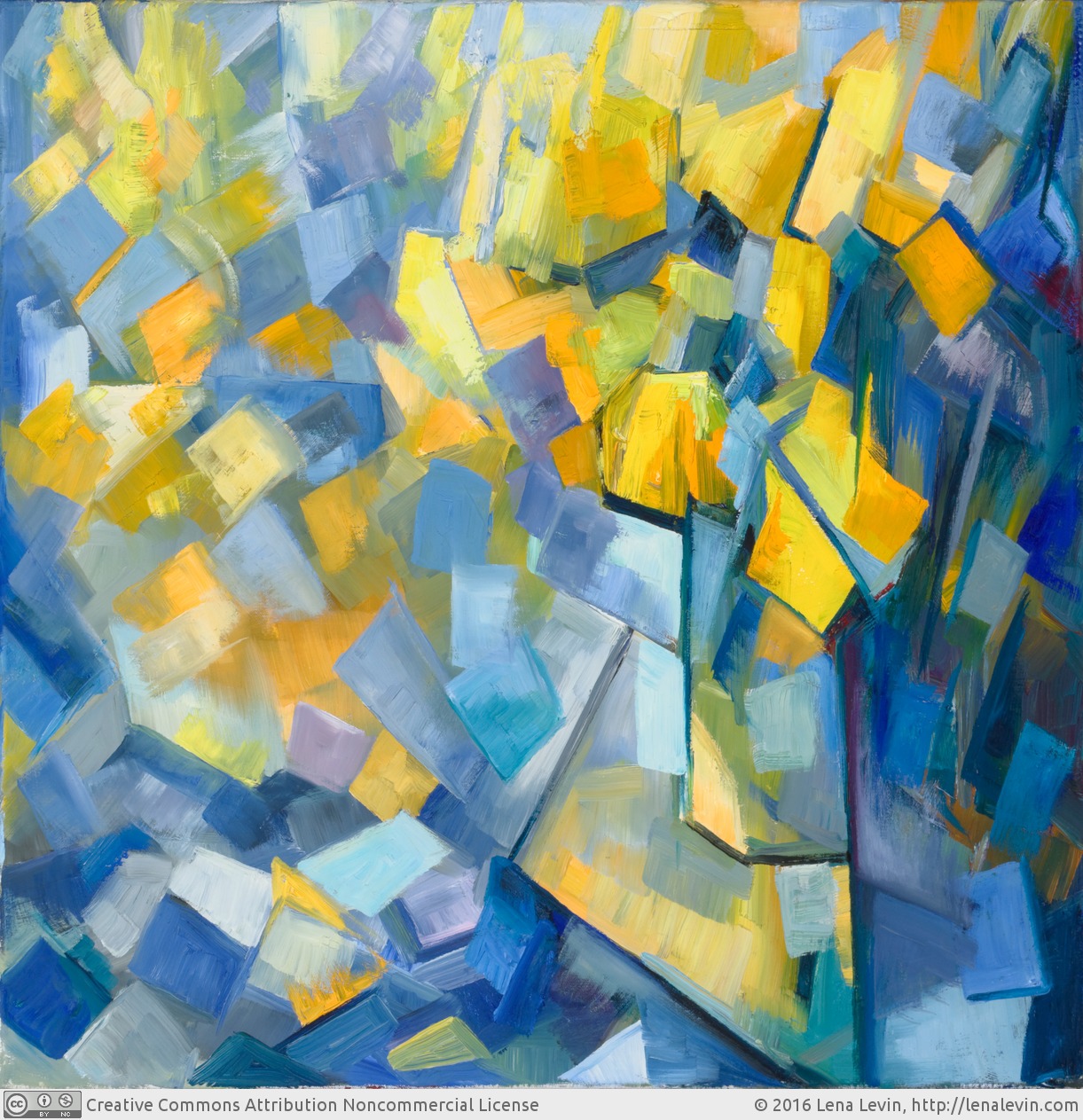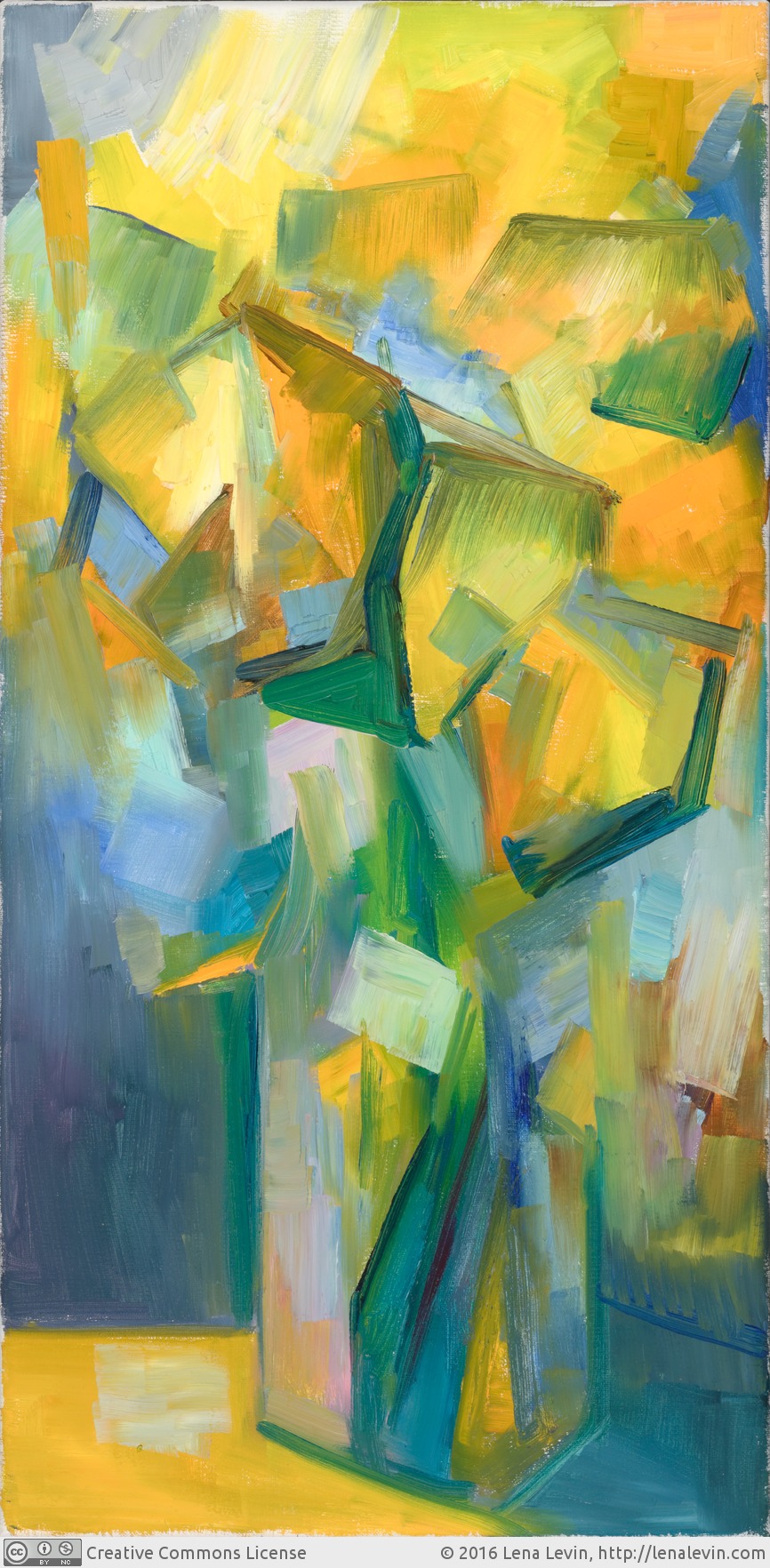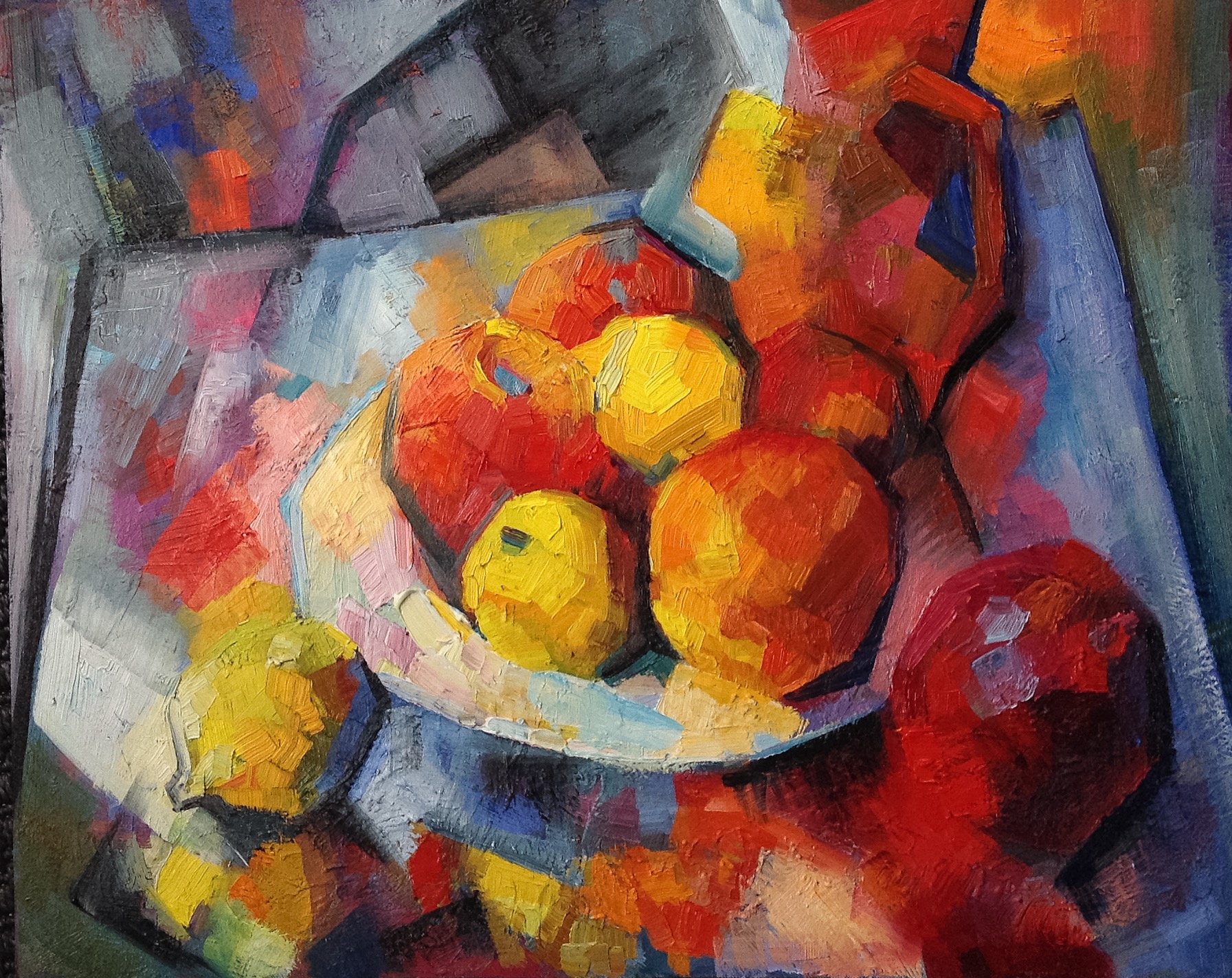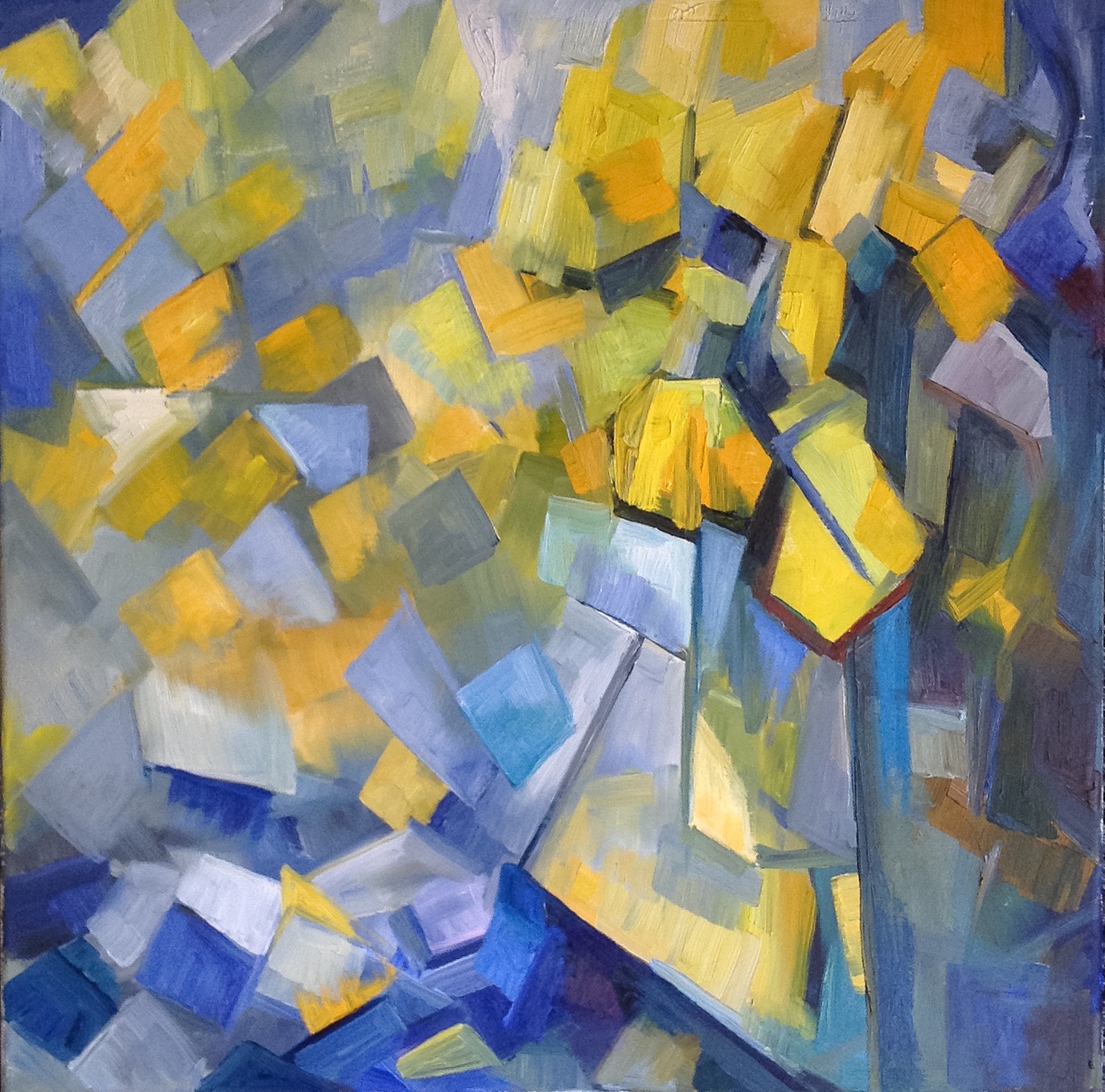
Who is it that says most, which can say more,
Than this rich praise, that you alone, are you,
In whose confine immured is the store
Which should example where your equal grew?Lean penury within that pen doth dwell
That to his subject lends not some small glory;
But he that writes of you, if he can tell
That you are you, so dignifies his story.Let him but copy what in you is writ,
Not making worse what nature made so clear,
And such a counterpart shall fame his wit,
Making his style admired every where.You to your beauteous blessings add a curse,
Being fond on praise, which makes your praises worse.William Shakespeare. Sonnet 84
April 19
There is a straightforward thematic unity between this poem and the previous one: the eighty third is about the “subject matter” needing no painting, this one is about impossibility of “objectivity” in art: its inability of simply tell that you are you. This shared angle is slightly different from the “Poet and Muse” one: its about “Poet and Matter” (a modern writer might call it “Content”; in Shakespeare the theme of “matter” will return in the eighty sixth sonnet).
Just like I had to expand the “matter” in painting the previous sonnet — from the addressee of the sonnet to the whole of life, so it is with this one. The sonnet is written as though the ultimately impossible task of telling that you are you uniquely applies to the young man, but it’s just the surface of things. The problem is not that the addressee is fond of praise — this isn’t what precludes “objectivity”: one just literally cannot copy in poetry what is writ in life. Or if one can, this is an astounding achievement — and that’s what the poem is about. This applies to painting no less than to poetry, in spite of their seeming difference and the illusion of “realism” in painting.
Isn’t it the inner goal of any true work of art — just telling that you are you, that mountain is (a) mountain, and apple is (an) apple. Expressing the objective reality of life?
There is a fundamental problem in translating poetry into painting, which this poem brings to clear light — because it highlights — and thus relinquishes — its (poetry’s) advantage. Words aren’t things themselves, they are symbols (invoking “concepts”) and pointers (indicating “things”). And, among other things, they can point back to themselves, and even to the absence of themselves. So it is easier to write a poem about not writing poems than to paint a painting about not painting. Or like in this case, to write about inability to say something is easier than to paint the inability to paint something.
This poem says what it claims to be impossible to tell, just by straightforwardly using these words, you are you. Here, the words are spoken — and this is obviously not what is meant by being able to tell that you are you, to copy what in you is writ. And in so doing, it doesn’t just talk about inability to express, but expresses this inability to express.
April 20
My painting has to be not just about the impotency of painting, it has to express this impotency, to enact it — in painting. How can one do that? The solution I began exploring in the first study is the device of “displaced contour” — a conspicuous discord between colour and contours expressing their inability to “copy” life.

The study was an interesting one to paint, but I didn’t really feel that I was closer to knowing how to paint the sonnet. I felt encouraged about this approach to composing this painting in general, but completely unsure about its subject matter. I feel a certain leeway of randomness in this, because whatever the subject, one cannot “copy” what in it is “writ”.
April 21
Another “study” painting session: still experimenting with the discord between contours and colour, for the eighty fourth sonnet, and adding the idea of reflection(s).

April 24

The missing piece of this painting’s puzzle, the missing visual idea came from a strange interplay of light, shadows and reflections of leaves (there is a tree just outside) on my bathroom floor in the morning: their utterly failed, and yet charming, attempt to “represent” the leaves. This was the beginning of this sonnet painting today, even though there was less clarity in mind than I had imagined in advance: some things had to clarify themselves in the process.
The subject matter of this painting — a bunch of flowers — repeats itself three times: the flowers themselves — with some discord between contour and colour; their shadows below, and their vague reflection in the space on the left. Three representations, neither of which captures reality.
April 28

Today’s painting session: further work on the eighty fourth sonnet, and some adjustments to the eight third one.
Somewhat surprisingly to myself, the theme of these two sonnets — the questioning of art itself, and its relationship to reality — shifted the colour harmony of both paintings: red seeped out of them, which is unusual both for this series, and for my colour harmony in general. What remains is the tension between yellows and blues.
April 29
A short painting session, but it seems to have brought the eighty forth painting (84) to some stage of completion. The interplay of space and light is beginning to play out, although I am not quite sure it quite expresses the impossibility of objective expression. But I have to leave it at that, and see how it works in the context of the overall “Poet and Muse” composition.